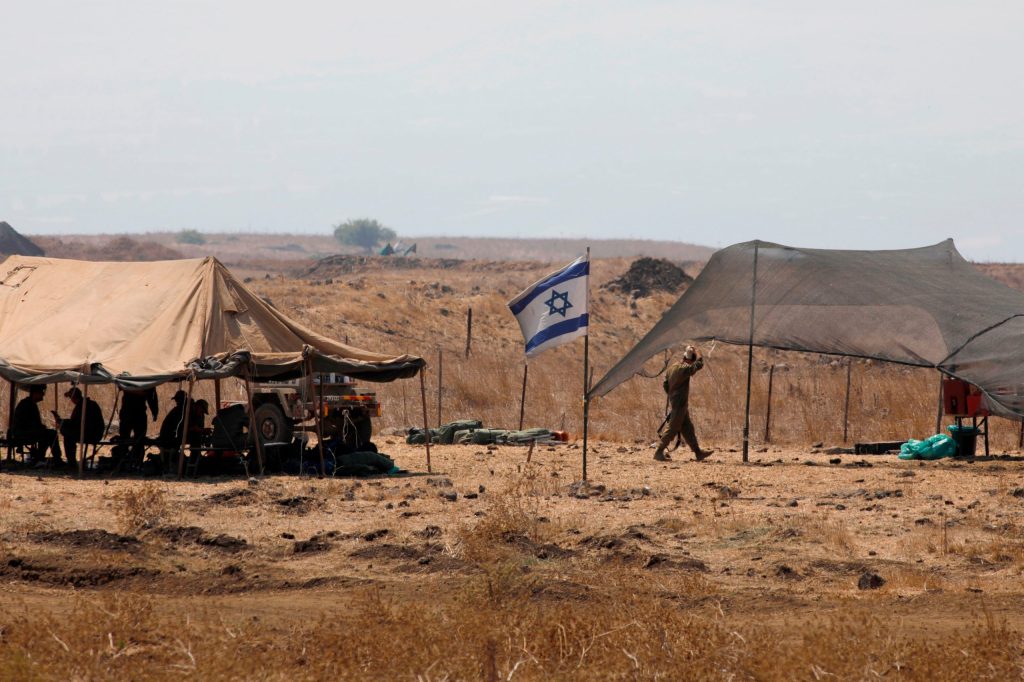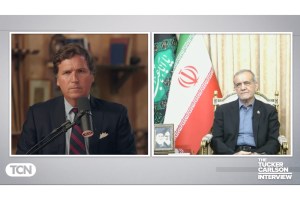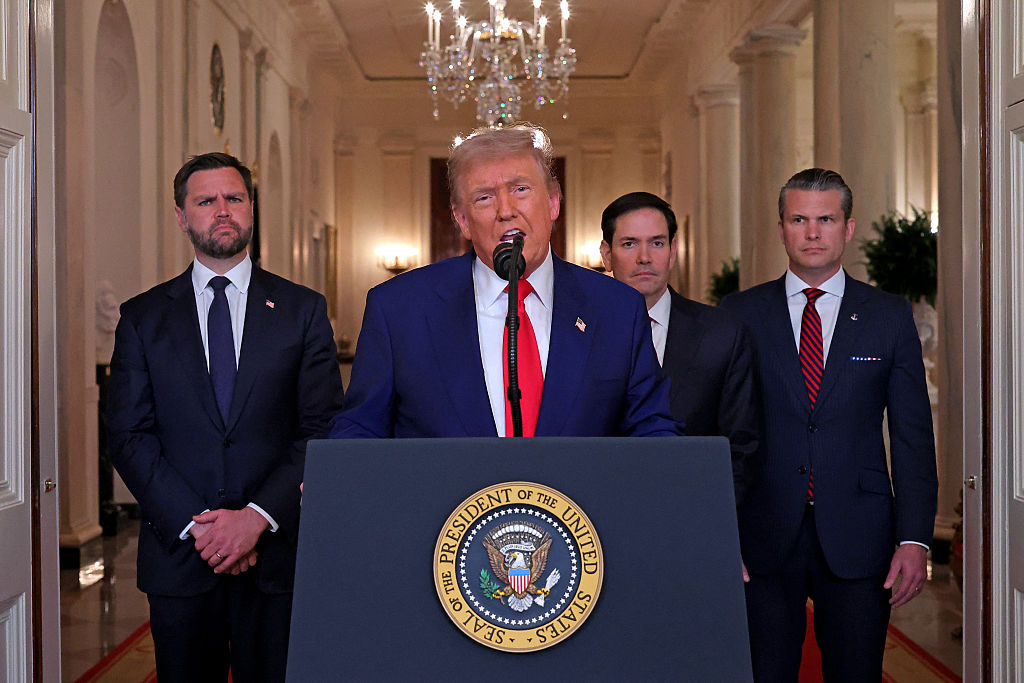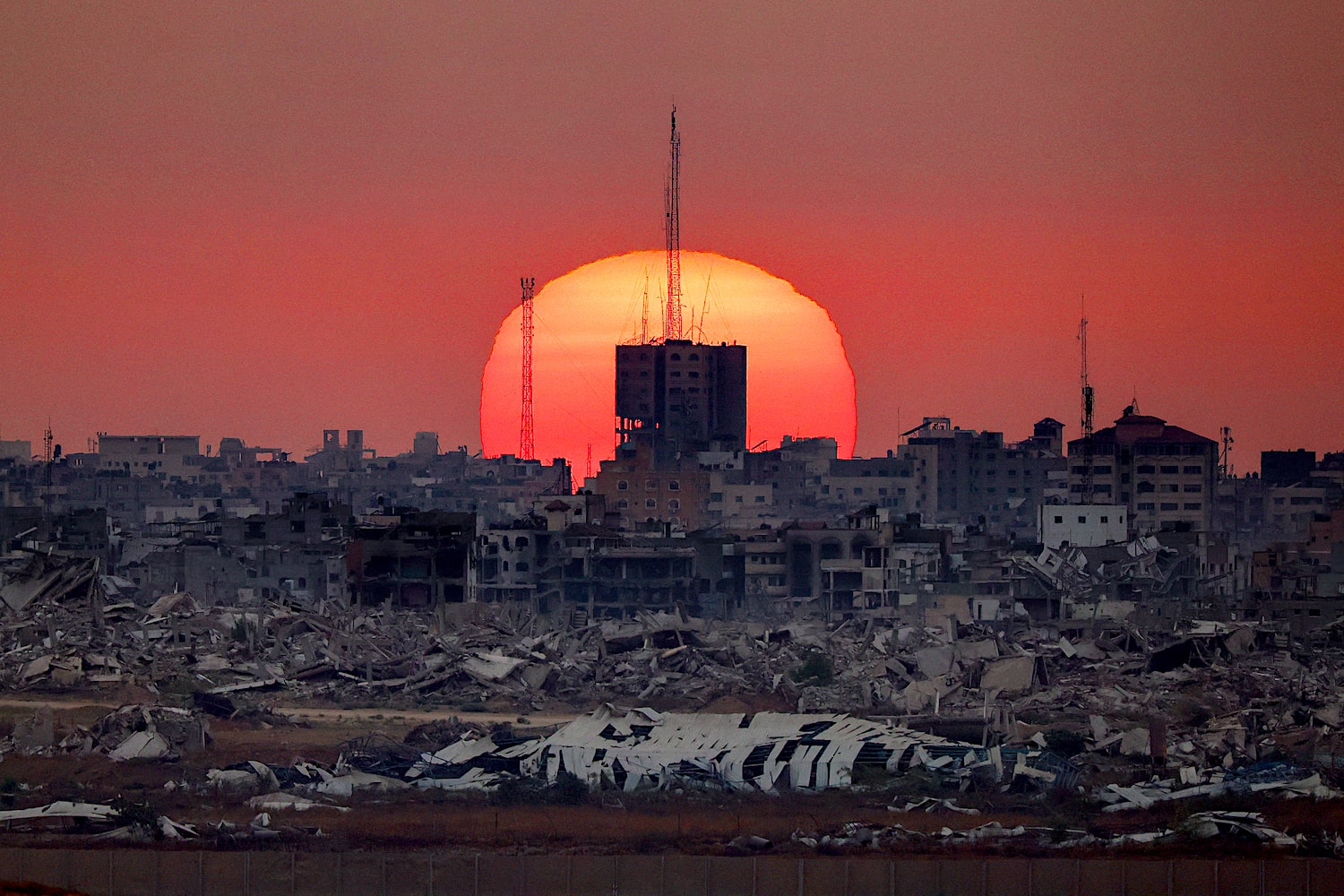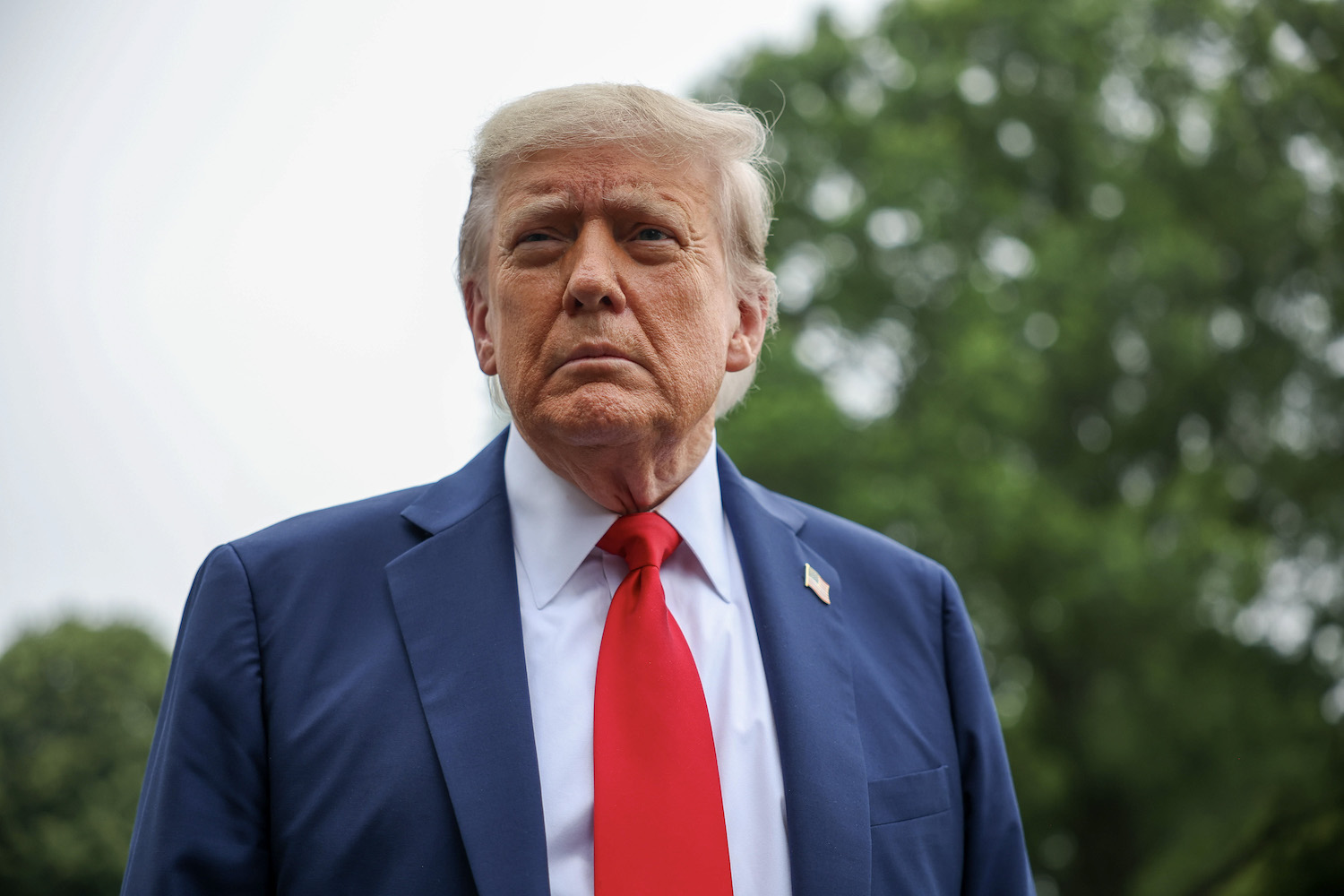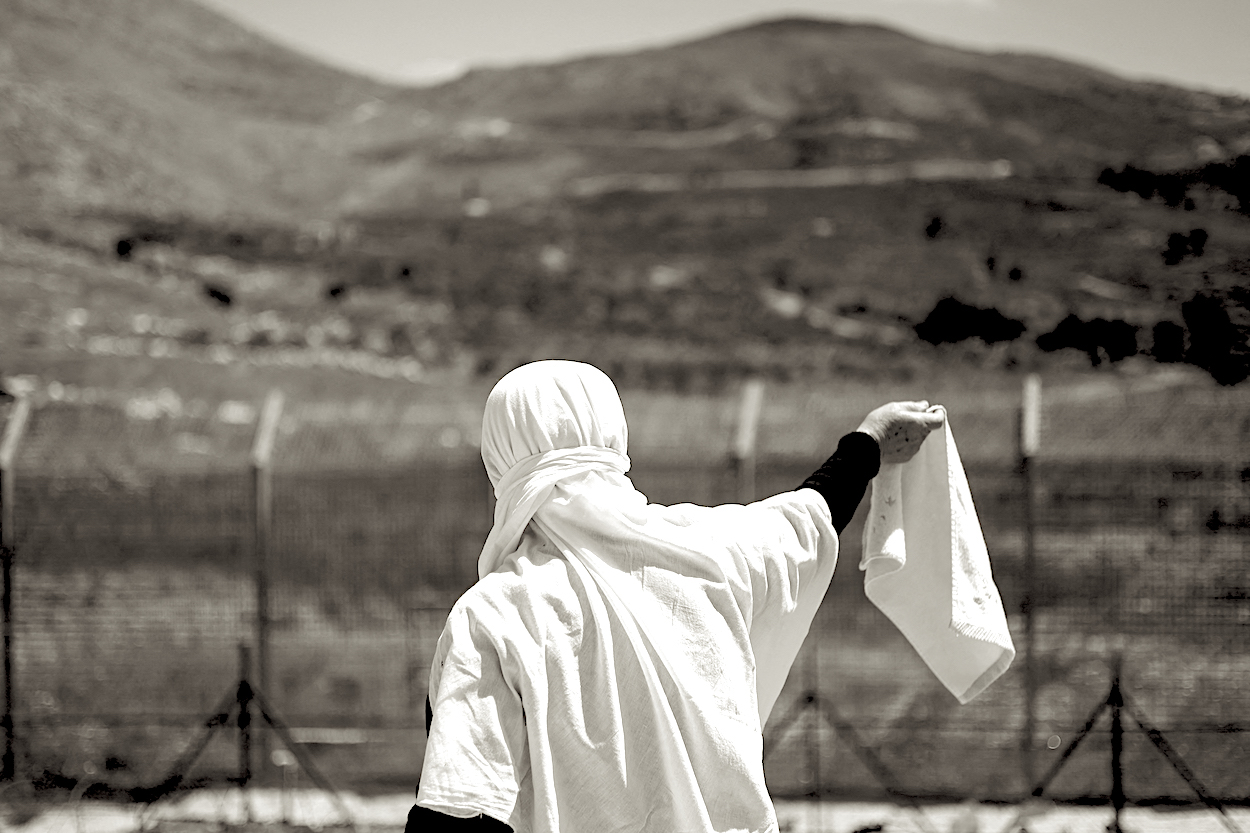Ain Qana is a pretty pastoral village perched on a hillside in southern Lebanon. On September 22 a large explosion destroyed a building on the edge of the village. It was about 12 miles from the Israeli border. Reports indicated it was a munitions storage linked to Hezbollah, the Iranian-backed Lebanese terror group.
Hezbollah is navigating a complicated time in Lebanon today. After Beirut’s massive explosion in August, the organization has come under scrutiny because of its illegal weapons stores across Lebanon. However, the Hezbollah also has members in parliament. In July it accused Israel of killing one of its members in Syria and vowed to respond. What was the Hezbollah member doing in Syria? He was part of the increasing presence of the group in Syria. Iran traffics weapons through Syria to Hezbollah.
This is part of the reality that Israel faces daily on its northern border. Hezbollah, armed and backed by Iran, has more than 100,000 rockets and has been increasing its investments in drones and precision-guided missiles. Israel has also been increasing its investments in high-tech defense systems to counter the threat, including the famed ‘iron dome’ system that shoots down rockets, drones and other threats. Investment in defensive systems is only part of how Israel is preparing for the possibility of a future conflict. It is also readying infantry and armored units to confront enemy threats.
On September 23 I drove up to the Golan Heights in northern Israel. The hills rise from the Sea of Galilee and from a kind of wall of ravines and hillsides that grow towards a plateau. That plateau stretches in the distance toward Damascus in Syria. During the Syrian civil war, you could sit on the Golan Heights and hear the fighting across the border. It is this area that Israel and Syria fought two wars over in 1967 and 1973. The mountains, dotted with small trees and pretty grassland that feed herds of cattle, are home to Israel’s armored brigades and Golani infantry.
The seventh armored brigade is one of Israel’s historic units that earned its spurs in battles with the Jordanians in the 1948 war of independence. Today it uses the advanced Merkava IV main battle tank and is outfitted with the latest information and communications technology. In some ways war hasn’t changed here; the use of tanks, machine guns and infantry uses much of the same equipment that has been in use for years. What has changed is Israel’s investment in having units working closely together, to fight throughout the night and day with air support, more drones and intelligence for the fighters on the ground.
I joined one September drill, walking with soldiers and tanks through dusty fields to secure a mock enemy position. Infantrymen sprinted behind berms and tanks fired, machine guns kicked up dirt in the distance as their bullets impacted. This is Israel’s way of war today, combining quick movement with the best intelligence to confront an enemy that hides among civilians and carpers areas with hidden bunkers.
Israel has been talking a lot more about combining units in recent years. For instance, it has rolled out a new multi-year plan called ‘momentum’ that seeks to concentrate on the most high-tech weapons like the F-35 while creating new special forces and ‘multi-dimensional’ units. Commanders speak about combining as many forces, assets and capabilities into a mission to complete it quickly. That means Israel doesn’t lack for weapons to confront an enemy but wants to choose the best munition to confront each threat. Instead of some slow rolling artillery barrage or carpet bombing, the kind that would have defined the first world war or Vietnam, it is all about chiseling down war to its most precise elements. This also separates what Israel is doing today from the experience of the US in places like Afghanistan.
[special_offer]
To make forces more lethal on the battlefield Israel has invested in these kinds of drills to make infantry and tanks work more closely together. This was one of the lessons learned from previous conflicts in Lebanon or Gaza: slow-moving units that don’t communicate run into trouble. The last 10 years have been all about reforming and learning from those experiences.
The challenge today is that the threat from Iran and groups it supports, such as Hamas in Gaza or Hezbollah in Lebanon, is multifaceted. Israel has faced intermittent rocket fire from Gaza. Missiles fired from Lebanon last year. Increasing drone threats from Syria. In general Israel’s responses have been to try to keep these threats at a minimum while avoiding major conflict.
As Israeli relations in the region thaw, this is what’s needed when Hezbollah is storing arms all across the border and Iran continues its threats against the Jewish state.
This article was originally published onThe Spectator’s UK website.



